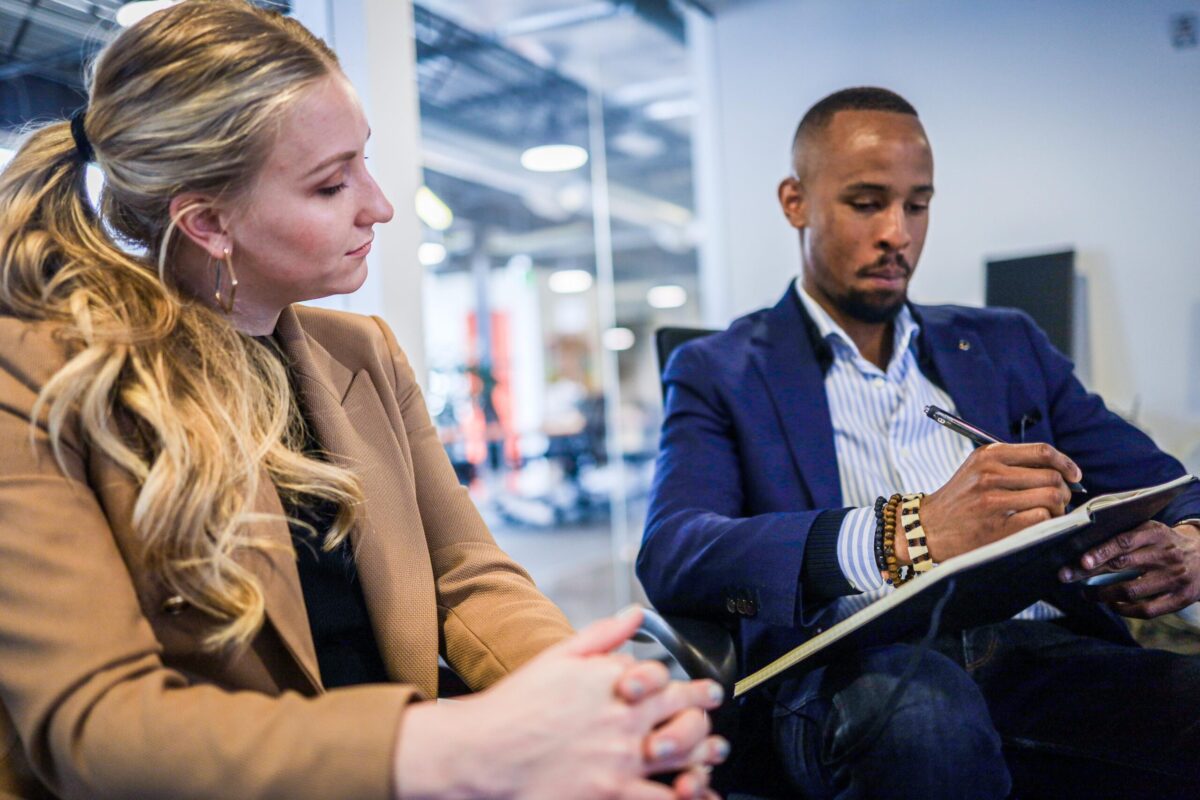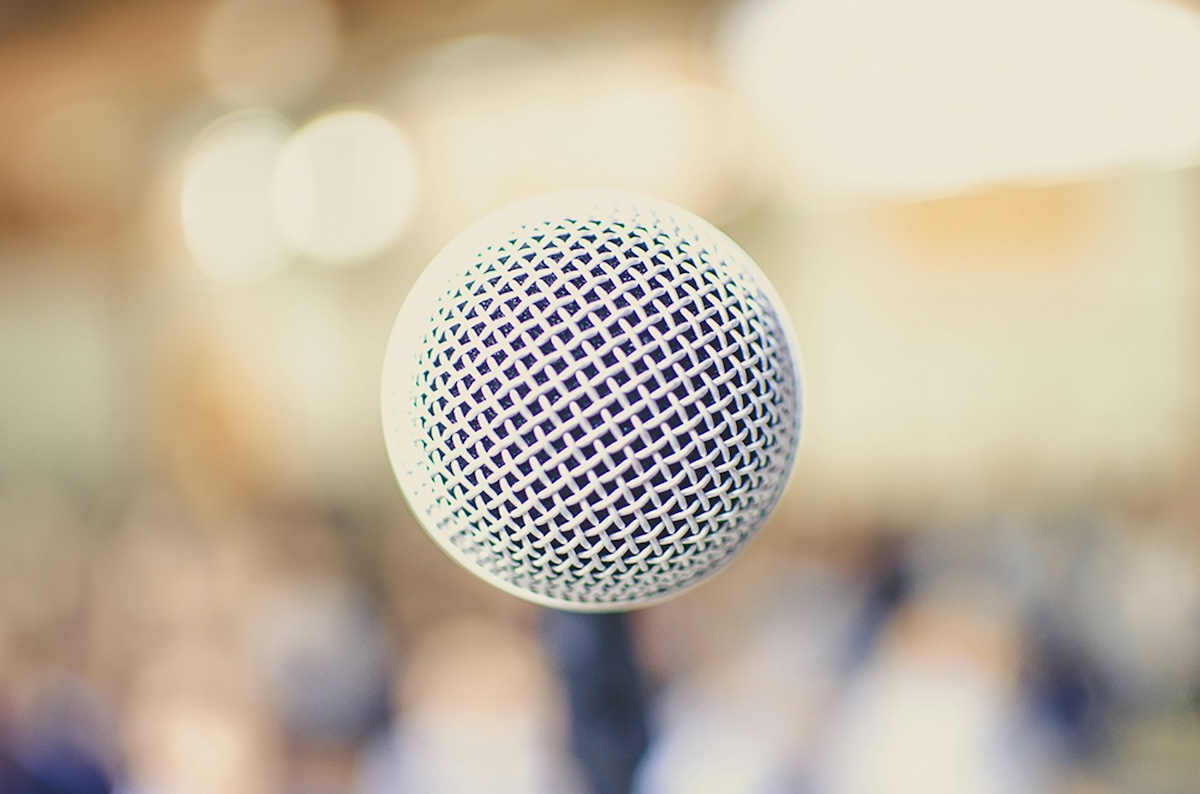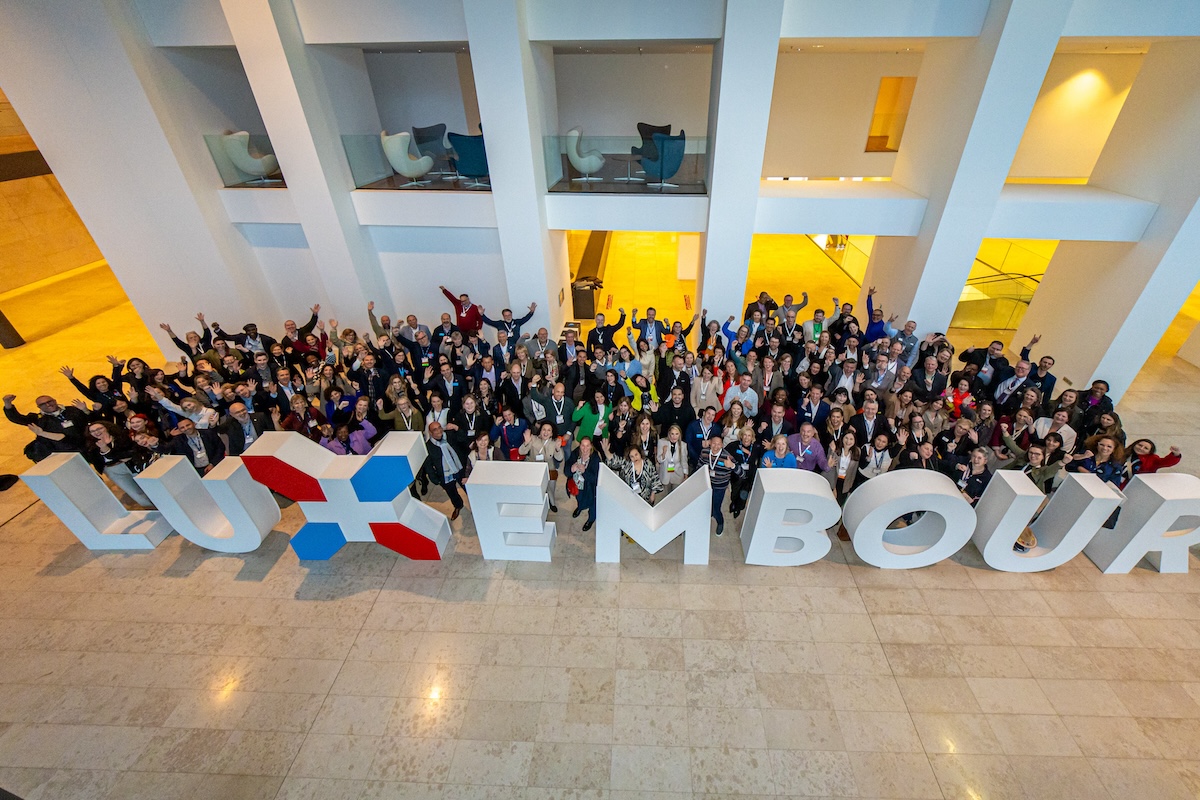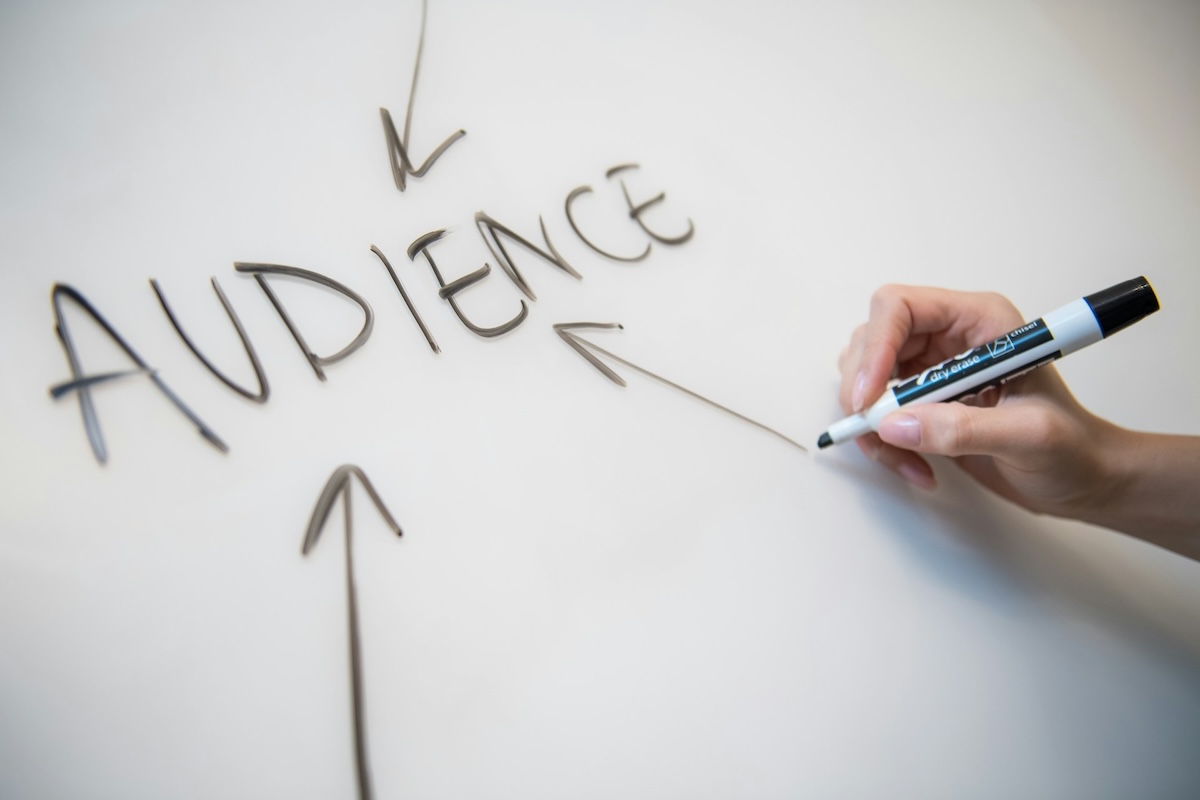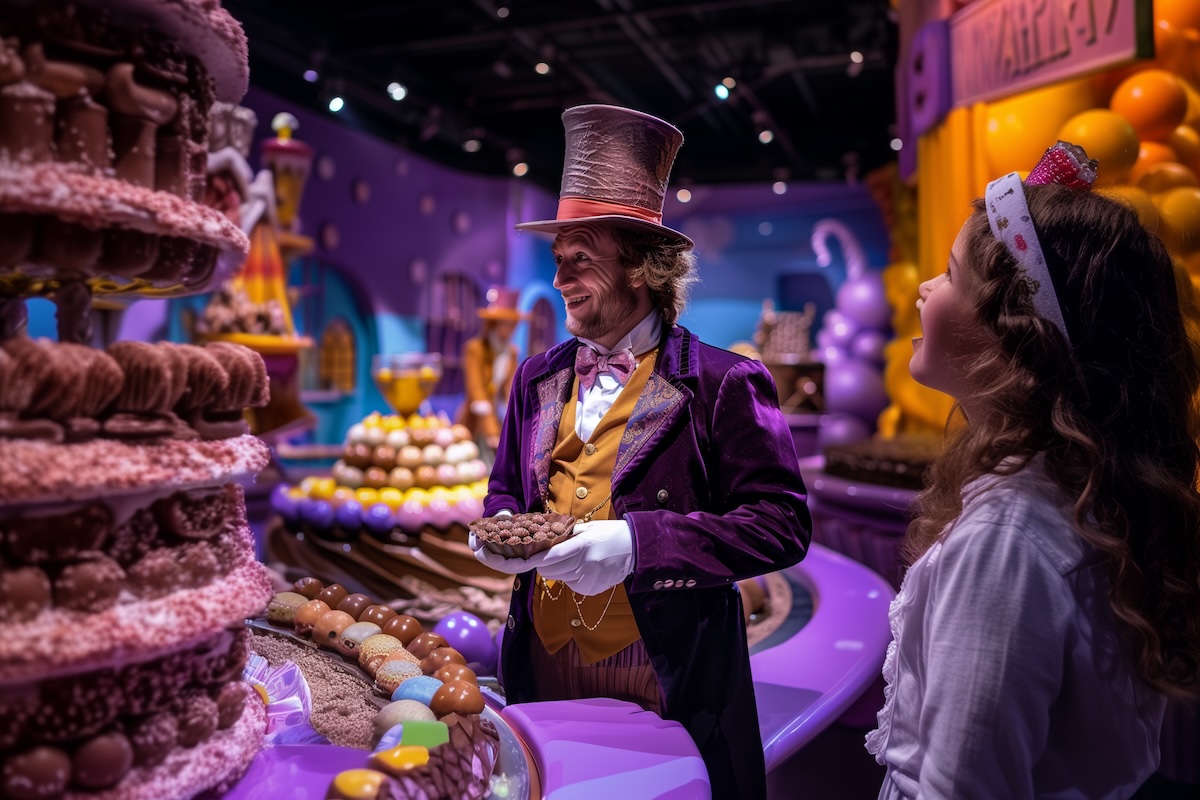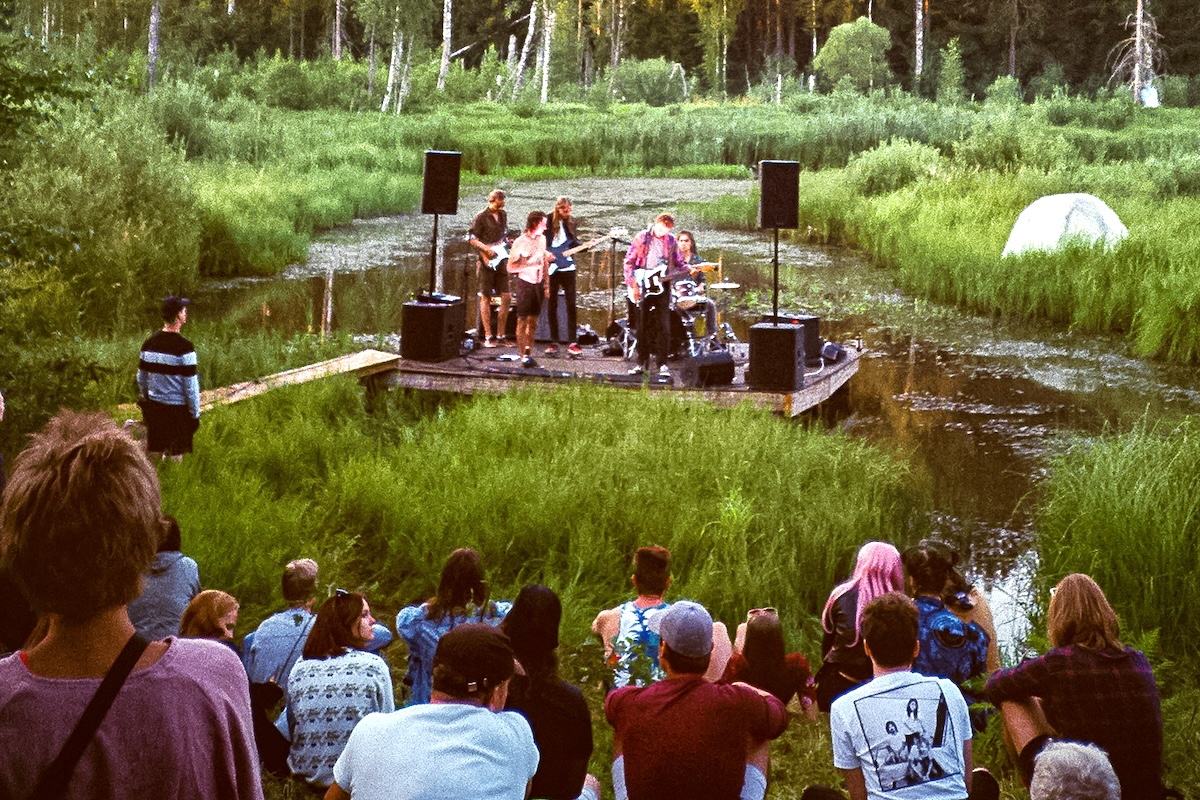Skift Take
Younger, more savvy meeting attendees expect gatherings to be integrated, forward-thinking and evolved.
During the Covid pandemic, planners learned that virtual meetings could be effective. They also got clear evidence of in-person meetings’ important and unique features. Virtual meetings may be efficient from a time standpoint, but the lack of in-person interaction is far from ideal.
“If there is a lesson to be learned from the last few years, it is that you need to use the medium that makes sense to your audience and allows you to distribute your message most effectively,” said Ken Holsinger, senior vice president of strategy at Freeman. “What we really need to lean into is the clarity we have gained on the unique value prop of in-person.”
Ultimately, different meeting formats suit different needs. Meetings are the tools that planners are uniquely equipped to use in ways that benefit people and organizations.
“We did our best to operate without in-person, but it is clearly a unique medium. We have consistent and overwhelming results that show that B2B attendees value and trust in-person experiences above all other mediums,” said Holsinger. “In-person is a precious and special opportunity for collaboration, community, discovery, and inspiration. Online is also a scalable, accessible medium that can be harnessed to amplify and extend the impact of our events. It is not an all-or-nothing approach, and it is time for us to sort through our learnings and optimize engagement and growth across these channels.”
New Data Tells New Stories
Holsinger offered a sneak peek during Skift Meeting’s The Future of the Event Industry virtual summit of some of Freeman’s findings from its attendee research that will be released in the next few weeks.
Attendance is still not at pre-pandemic levels. At the end of 2022, it was at 87 percent. “The remaining 13 percent is not growing as quickly, and sectors like healthcare is lagging and pulling this number down,” he explained.

Diving into demographic data reveals how much younger the audience for meetings has become. According to Holsinger, the average age of a meeting or trade show attendee before the pandemic was 51. That has dropped to 45. Males still make up the most significant percentage of that group.
With younger attendees comes more open-mindedness. Gender has been impacted, and having just “male” and “female” boxes on a registration form will no longer cut it. Before the pandemic, other or non-binary as the answer to gender was immeasurable. Holsinger said today that it has grown to 4 percent, a massive shift.
The Right Words Attract Attendees
Also impacted is industry terminology. For instance, the word education has a negative connotation when related to meetings, although learning does not. Exhibiting is more accepted than exhibits, but “discovering products and solutions” is a much better way to describe the exhibition experience.
Interactive activations are replacing trade show booths with brands woven into experiences. Words that add energy are collaborative, interactive, and peer-to-peer. Virtual and hybrid are not popular ways to describe events; instead, online learning is favored.
A Constant Need for Innovating
One of Holsinger’s best pieces of advice? “We have to kick SALY — same as last year — out of our events,” he said. “The problem is that we’ve come back from this from the pandemic, kind of shell shocked, and everybody is just trying to get back to their happy place of doing events, and those of us that have been on the edge of it, as I interview media and tech and investors are frustrated. Why didn’t we use the pandemic to change all the things that were wrong with the events industry? We had this opportunity, but we’re basically just rinsing and repeating the same stuff over and over again. And new audiences won’t tolerate it.”
Photo credit: Memento Media / Unsplash
